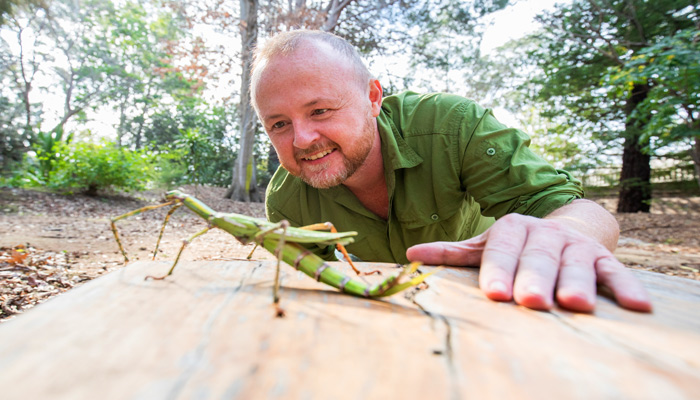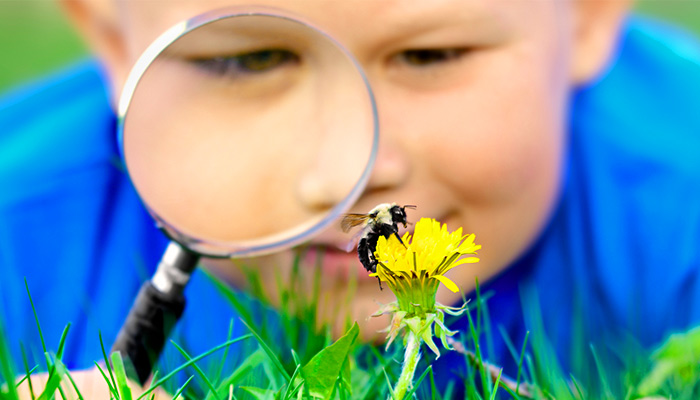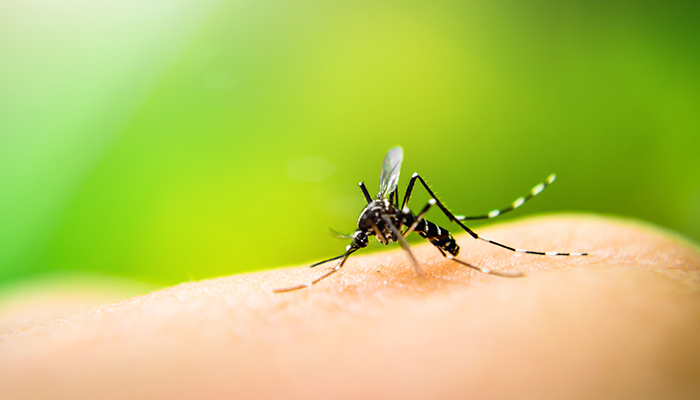Think of invasive plants and weeds like lantana, pampas grass and prickly pear spring to mind – but thousands of seemingly harmless species we currently buy from nurseries, chain stores and markets, could also damage nearby ecosystems if they escape our gardens.
“Plants that are able to establish in a new environment can escape from our gardens and spread into nearby bushland, where conditions permitting, they out-compete or smother our native vegetation,” says Professor Michelle Leishman from Macquarie University’s Department of Biological Sciences, who is leading new research to reduce this risk.
Leishman and her team have developed an easy-to-use, location-based Ornamental Plant Decision Support Tool which can help predict the risk of invasiveness of ornamental plants, to help Australian gardeners make safer choices for their gardens.
The website is based on plant invasion risk tools that have been developed in Australia and internationally, and tested and improved over more than 30 years. It checks plants against a series of 24 criteria to work out how likely they are to become invasive.
There are also species native to Australia which can be problematic outside their own region.
The tool forms a core component of the Plant Sure scheme, launching in March, a collaborative project between the Nursery and Gardening Industry Association of NSW and ACT, the Australian Institute of Horticulture and the NSW Government.
Plant Sure will help gardeners and plant sellers choose ornamental garden plants that will reduce the risk of future weed invasions. Gardening businesses that are certified under the Plant Sure scheme will receive stickers to identify their low-risk plants, and will be identified and promoted as 'gardening responsibly' participants.
A history of plant invasion
There are nearly 20,000 introduced plant species in Australia – roughly the same number as our native species – and while some were brought in for horticultural purposes, the vast majority were introduced as ornamental garden plants.
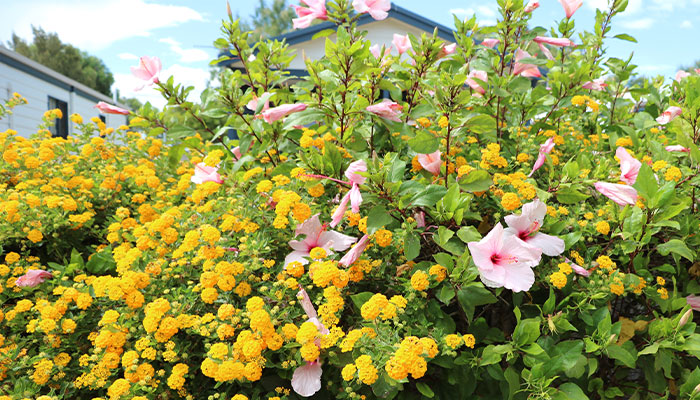
Path of destruction: Lantana has spread across four million hectares in Australia.
Australia introduced tough new quarantine laws in 1997 – but by then, thousands of introduced plants were flourishing, moving around the country and often ‘jumping the garden fence’ to establish in the wild, Leishman says.
One such plant is lantana, which costs graziers more than $100 million in lost production. “Lantana was introduced here as an ornamental species in the mid-1800s,” she says.
Lantana has since spread across four million hectares in Australia and is now listed on the Weeds of National Significance Register. Birds spread its seeds, helping lantana invade native forests from their disturbed edges and forming dense thickets that dominate ecosystems.
There are also species native to Australia which can be problematic outside their own region.
Various privet species, introduced as hedging plants, have also proven destructive.
“In the UK, privets make lovely hedges – and because it’s too cold for them to fruit, they’re not a problem there,” Leishman says.
“But privet brought to Australia to create English-style gardens produce enormous amounts of fruit in our warmer climates. Those fruits are widely dispersed into native bushland across the east coast by birds, creating a huge problem.
“There are also species native to Australia which can be problematic outside their own region – such as Acacia saligna, a golden wattle from Western Australia which has spread across the eastern parts of NSW,” she says.
Different climates, lack of pests and diseases, and ‘propagule pressure’ – where large numbers of a species and its propagules (the parts that can become become detached and give rise to new plants) are introduced to a new region – all contribute to plant invasions, she says. “Exotic species can have an unfair advantage and out-compete natives.”
Risk reduction
There are plenty of less-risky introduced plant species popular with gardeners, such as most rose varieties and magnolias, that don’t cause harm to our natural environment.

Supply chain: Helping buyers to better understand the risk that exotics might pose can help reduce their impact on our landscape, says Dr Leishman.
But each year around 12 new exotic plant species become naturalised in Australia, meaning they establish ongoing wild populations and can spread on their own, often causing significant harm to both native ecosystems and to agriculture.
Professor Leishman says that a cost-effective way to restrict the spread of potentially invasive plants is to help buyers better understand if they pose a risk, so that gardeners and industry can choose ornamental plants that are better for the environment and won’t ‘jump the fence’.
“We recognise that a large number of invasive plants come from the ornamental horticultural industry, so this scheme encourages the take-up and use of low-risk plant species across the horticulture industry, from importers and wholesalers through the whole supply chain right through to consumers,” she says.
Scheme for surety
The website for the Plant Sure scheme to launch in March is designed primarily for use by industry specialists and checks international species databases to flag plants known to be invasive in other countries, Leishman says.
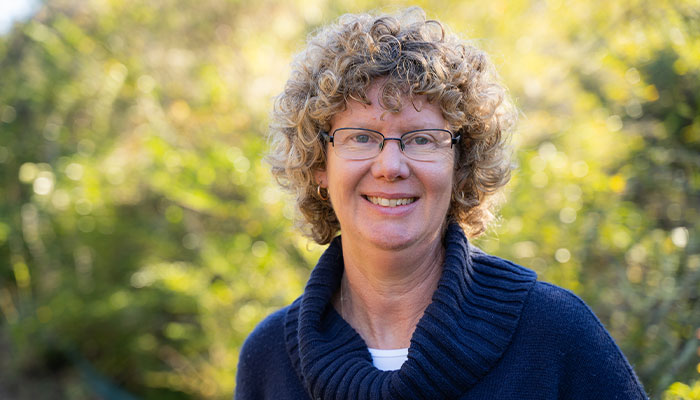
Weed warriors: Distinguished Professor Michelle Leishman, whose team has developed the Ornamental Plant Decision Support Tool.
A key component of the program is a new eco-label ‘certified gardening responsibly’ which helps producers and consumers identify and market plants with a lower invasive risk.
“Gardeners might have 10 or more groundcover species to select from, and having additional information on the label to assure them a particular species won’t become a problem, can help reduce the impact of exotics on our landscape,” she says.
- '25 blows to the head': New help for sport head trauma patients
- Exhibition spotlights 206 years that changed the world forever
Professor Leishman says that while there are thousands of species that are sold throughout the industry, so far, around 600 species have been assessed.
“Our goal is to make it easy to garden responsibly so we can enjoy both beautiful gardens and healthy Australian landscapes,” says Plant Sure program manager Aimee Freimanis.
“We love to imagine a world where checking that an ornamental plant has a low risk of invasion is common practice for all Australians.”
Michelle Leishman is Distinguished Professor of Biology in Macquarie's School of Natural Sciences and Director, Smart Green Cities.
Gardeners, horticulturalists and businesses can search the Plant Sure plant list, nominate plants for assessment and subscribe to a newsletter at the Gardening Responsibly website.

